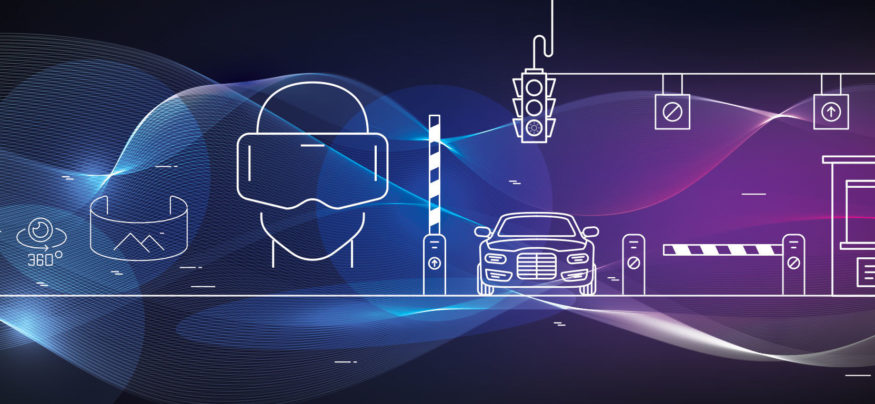When applications of virtual reality technology hit the headlines, it’s usually for something entertainment-focused. With VR, you can tour your new home without ever leaving your couch, or score front-row seats even when you can’t make it to the concert or game.
But there’s more to this cutting-edge technology than fun and games. In fact, a wide range of studies have shown that VR solutions could help the government address more than half of the top 10 public health issues named by the CDC’s National Center for Injury Prevention and Control, which includes everything from tobacco use to food safety to prescription drug abuse.
Tobacco use. Scientists from the Graduate College of Social Work at University of Houston have used VR to simulate the sights and sounds that trigger a cigarette craving in order to train smokers on how to avoid the temptation. In another study, Canadian researchers found that when smokers played a VR game in which they had to seek out and crush cigarettes, their cravings diminished.
Food safety. The World Health Organization says 600 million people are sickened by contaminated food each year and 420,000 die. The CDC calls it a public health crisis — but it’s one that VR can help governments address. North Carolina State University researcher Clint Stevenson is using VR to develop better food-handling practices in manufacturing. “We can bring the factory itself inside the classroom, which is amazing,” he says. “It creates that ‘Aha!’ moment for students as they experience what it’s like to be there — not just sitting in a classroom listening to technical jargon.”
Alcohol-related harms. According to the National Institute on Alcohol Abuse and Alcoholism, nearly 88,000 people die from alcohol-related causes annually, making it the fourth leading preventable cause of death in the U.S. In one study, researchers combined a detox program with a VR experience meant to discourage drinking, and early findings suggest that the VR experience did in fact reduce cravings.
Prescription drug abuse. As far as opioids go, heroin hogs the headlines, but the drugs that are handed out legally may be no less deadly. Of the 28,000 opioid deaths in 2014, at least half involved a prescription drug, the CDC reports. But researchers are finding that by using applications of virtual reality to help patients better manage pain, it may be possible for the government to reduce the public health impact of prescription drug abuse.
Motor vehicle injury. The hazards inherent to automobiles put them high on the list of public health perils — the latest CDC statistics indicate that motor vehicle crashes are a leading cause of death, with more than 2.5 million drivers and passengers treated in emergency departments annually. But VR can help: One recent initiative invites drivers to engage in a VR simulation involving talkative passengers, wayward pedestrians and other distractions. This simulation helps drivers realize just how easy it is to lose focus so they’re hopefully better able to remain in control next time they get behind the wheel.
Obesity. Government has a vested interested in curbing the obesity epidemic: Medical costs related to obesity top $147 billion a year, and scientists are now turning to virtual reality as a powerful new ally in the fight. “Not only can VR be used to analyze how a person perceives his or her body, it can also improve discipline to physical activity and treat body image disorders,” according to Tech Times. Simulated social encounters can help reveal the stresses that trigger eating, while VR representations of a person’s body can help address issues related to body image.
Much of the buzz around VR has focused on the consumer side — how a 360-degree immersive experience can allow us to tour the world, see a show or take in a game without ever leaving home. But as the examples above suggest, the uses of VR go far beyond pure entertainment.
Researchers have begun to recognize in VR a potentially powerful new ally in the effort to address a range of public health issues. For government leaders working to manage the costs and reduce the casualties associated with these conditions, VR solutions present a broad new vista of opportunities.
In addition to helping the government address crucial health issues, VR solutions are also increasingly being used to train medical students, giving them hands-on experience in complex procedures.







